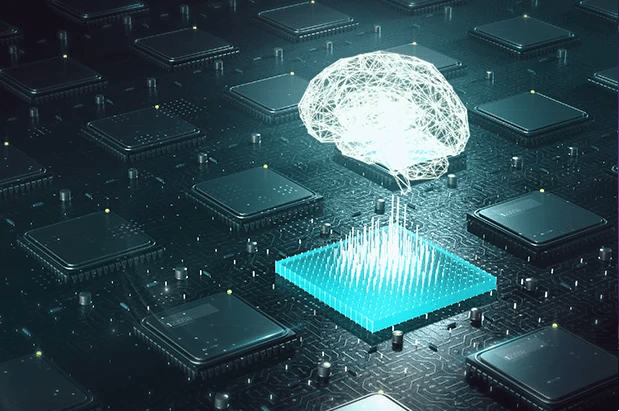In the existing world of business, two patterns are predominantly noticed. One, the growing preference for Artificial Intelligence or AI for business growth, and two, using automated services for business processes. Using these two entities is making work faster and simpler for almost any kind of business which is opting for it.
What needs to be seen is whether the introduction of Machine Learning coupled with AI is altering the creative methods employed for automation. The answer is, yes.
How does it help?
With the advancement in technologies being used for automation, companies now find it easier to introduce creative concepts as part of their marketing strategies. On one hand, automation is important because it allows a company to engage its customers efficiently. On the other hand, Big Data is easily available for almost all sectors. Since automation ideally entails using different applications, tools, and software, AI has been accommodated in these applications for even greater results.
Automating creativity using Machine Learning and AI has spilled over all possible fields. One industry which has gained the most out of this change is the advertising industry. For example, in 2015, M&C Saatchi had a digital display (as part of a campaign) with an integrated camera which could record audience responses. The agency managed to analyse the different elements of their advertisements such as copy and visuals for their effectiveness thanks to an algorithm. Of course, the agency has had to put in creativity aside from what Machine Learning has to offer. Yet, creativity can definitely be enhanced further thanks to the inputs provided by the technicalities, in this case, the algorithms.
Does it really work?
For some people, it might seem odd to combine a severely technical aspect like machine learning with the equally intriguing field like creativity. Science and art together?! Nonetheless, I feel the beauty of all this lies in this very fact that automating creativity has actually become possible. In fact, companies use AI and Machine Learning to understand various creative ideas and the impact those might have if introduced in the market. Such kind of creativity (which has the power to be tried and tested) has better chances of generating a positive outcome. A good example of this would be Netflix. Their recent series ‘House of Cards’ and ‘Orange is the New Black’ became highly popular thanks to Netflix’s use of data and analytics. The company invested in finding out the user tastes by identifying over 76,000 genre types. This helped them select the right actors and a director along with the perfect combination of genre elements to bring out successful television series. Not just in the field of media but creativity is being automated in every other possible area as well. For instance, Google’s interesting creation called AutoDraw. This works on the premise of AI and Machine Learning. As the name goes, AutoDraw allows practically anyone to draw fluently. Once you start scribbling, it guesses what you might wish to draw and provides a couple of predesigned options for you to select. Or there are web design platforms such as TheGrid which relies on AI to make website creation a child’s play.
The Future
The question is – if Machine Learning and AI are automating creativity, how big a threat are they to the job market? With the growing popularity of AI many people are rightly worried that automating will take over their jobs. However, AI is just for augmenting basic creativity. It can never replace the original thought process or the human contribution. These two better the creative value of a product or service thereby giving the company a competitive edge and also to assist in customer preferences. Data is always complex and involves various dimensions. If it can be presented in an interesting manner, chances are that it will be appreciated more. That is how Machine Learning and AI are doing a good job at automating creativity. I suggest that the core point to be remembered here is that AI and Machine Learning will only continue to enhance design thinking.




